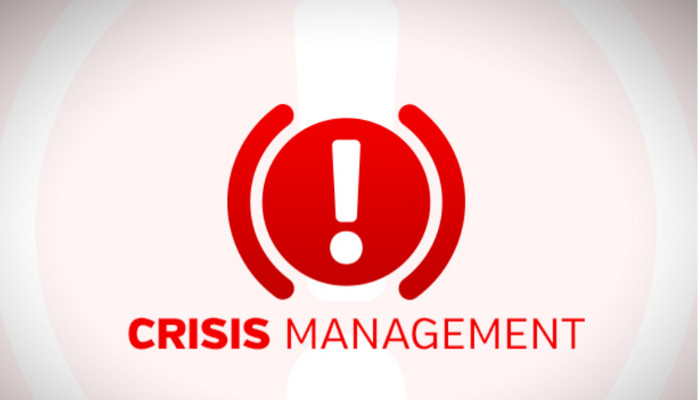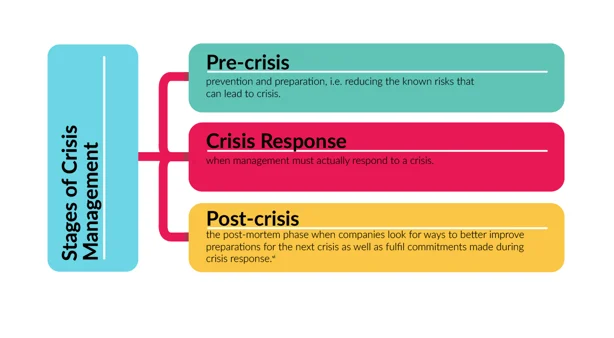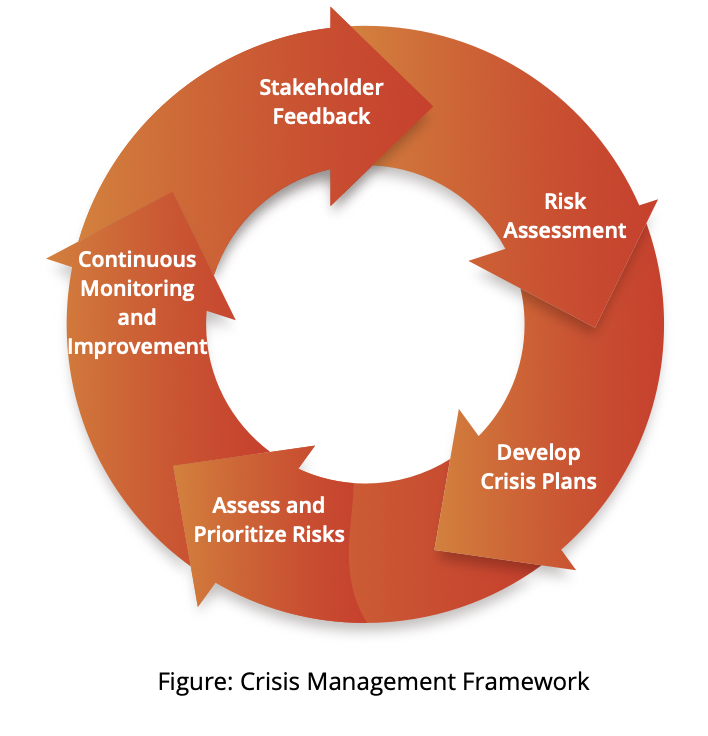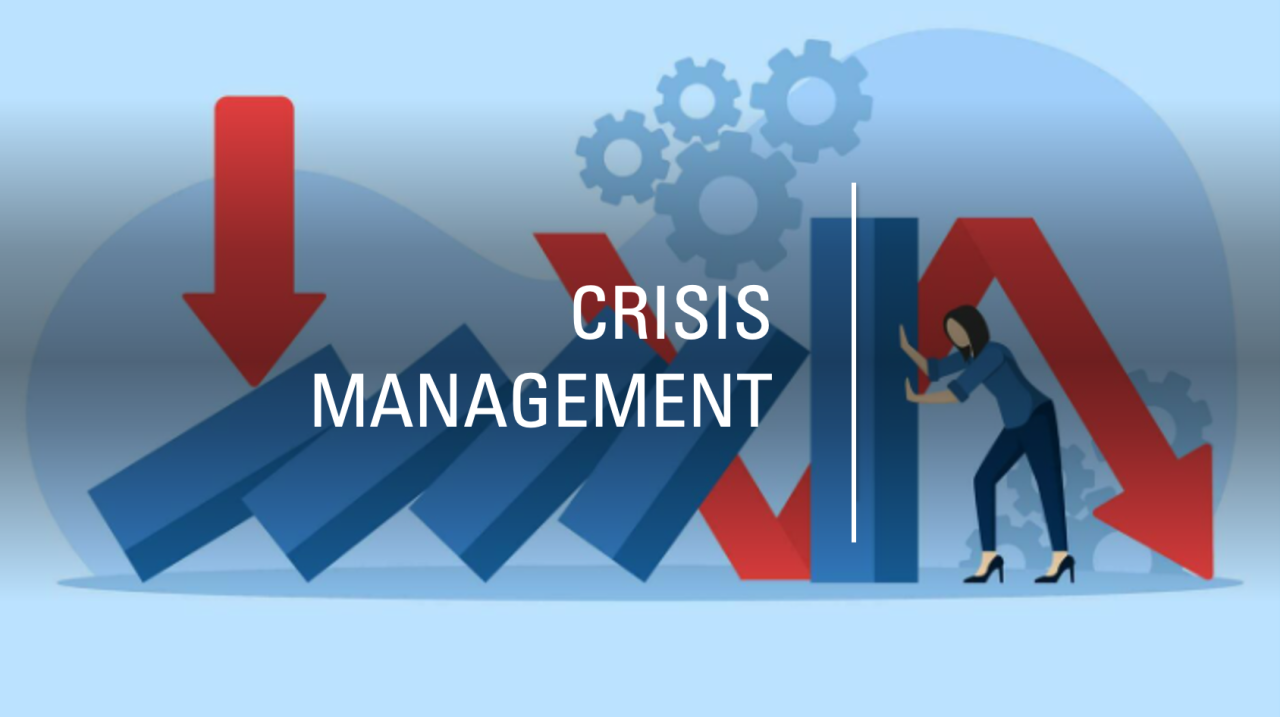Cybersecurity Crisis Management Planning
Cyber crisis management from Digisecuritas outlines a comprehensive framework for organizations to prepare for, respond to, and recover from cyber incidents. Here are the key takeaways:
Overview of Cyber Crisis Management
Cyber incidents—such as data breaches, service disruptions, and cyberattacks—are increasingly common. Effective cyber crisis management involves a multi-faceted approach that goes beyond IT concerns to encompass various organizational functions.


Key Phases of Crisis Management
-
Readiness
- Establish a well-prepared, multifunctional team ready to handle all aspects of a cyber incident.
- Conduct crisis simulations and war-gaming to understand potential scenarios and responses.
-
Response
- A coordinated response can contain an incident and prevent it from escalating into a crisis.
- Effective communication across all channels is vital to reassure stakeholders during an incident.
-
Recovery
- After an incident, steps must be taken to restore normal operations and assess the management of the incident.
- Post-event evaluations help identify lessons learned and improve future responses.
Goals of Cyber Crisis Management
- Secure: Prioritize the protection of valuable digital assets by allocating resources effectively.
- Vigilant: Foster awareness among all employees regarding potential cyber risks and maintain threat intelligence.
- Resilient: Minimize the impact of incidents on stakeholders and quickly restore operations.


Incident Response Lifecycle
The lifecycle follows predictable stages, emphasizing the need for ongoing monitoring and stakeholder confidence throughout the process. Key elements include:
- Monitoring: Continuous oversight to detect incidents early.
- Incident Containment: Addressing stakeholder concerns proactively to maintain trust.
- Crisis Communications: Managing communications with customers, partners, regulators, and the public during an incident.
Key Areas for Coordination
Effective crisis management requires coordination in six areas:
- Governance: Organizing and managing the response team while ensuring clear communication protocols.
- Strategy: Aligning response efforts with organizational goals and values.
- Technology: Implementing technical solutions for detection and recovery.
- Business Operations: Ensuring operational resilience during incidents.
- Risk and Compliance: Managing regulatory obligations and compliance requirements.
- Remediation: Addressing root causes to prevent future incidents.

Conclusion
Organizations must prepare a robust cyber crisis management plan before incidents occur. By focusing on readiness, response, and recovery, they can enhance their security posture and resilience against cyber threats. The framework emphasizes the importance of cross-functional coordination, effective communication, and continuous improvement in cybersecurity practices.
Hackers Never Sleep. Neither Do We.
DUBAI OFFICE
+971-54-565-9528
Digisecuritas Cybersecurity, FZCO 52550-001, IFZA Business Park, Dubai Digital Park, Dubai Silicon Oasis, Dubai, UAE
INDIA OFFICE
+91-8196966161, +91-8194943131
SCO 27, Level-II, Sector 21C, Sector 21, Chandigarh, 160022
